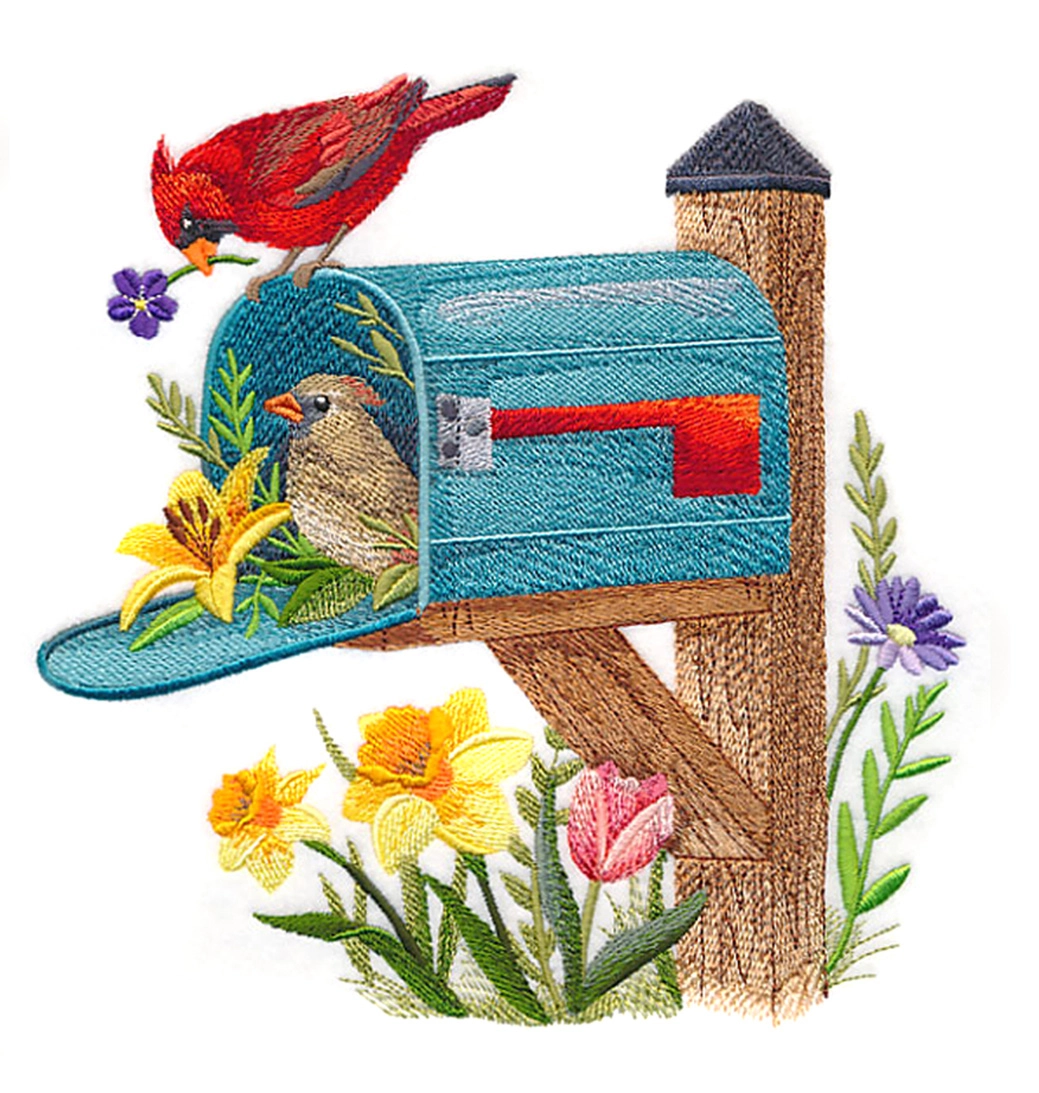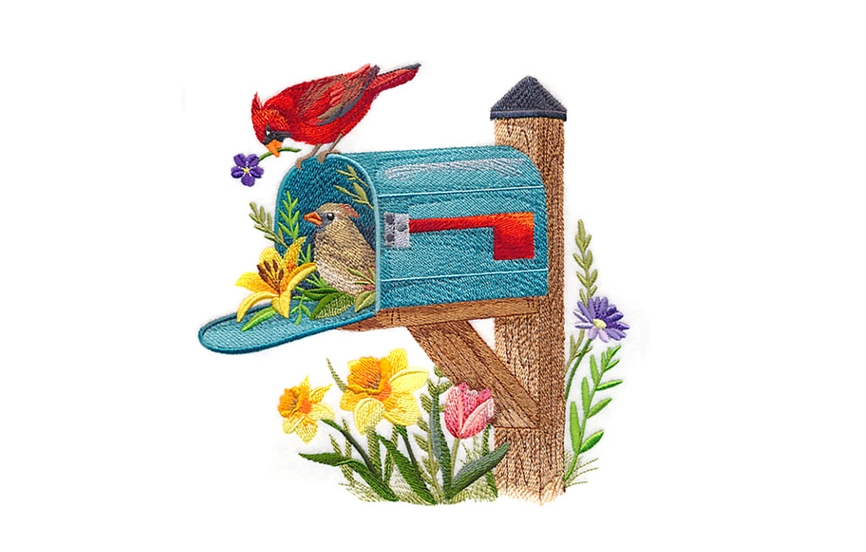Stock your sewing room with this can't-live-without-it list of products that make embroidery oh-sew-easy. From stabilizer recommendations to our top choice for sewing needles, this comprehensive list covers the top ten embroidery room essentials.
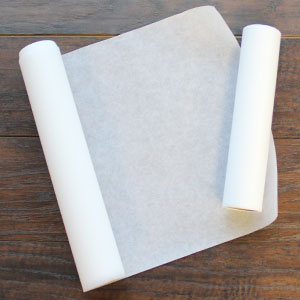
1. Medium-Weight Cutaway Stabilizer
Stabilizer is essential for achieving the best results. Most fabrics should be paired with one piece of cutaway stabilizer.
We recommend a medium-weight or 2.5 ounce cutaway stabilizer. Fabrics like denim, lightweight canvas, twill, terry cloth, wovens, and knits should be paired with cutaway stabilizer.
Recommendations: Soft-n-Stable by Brother and Floriani No-Show Mesh
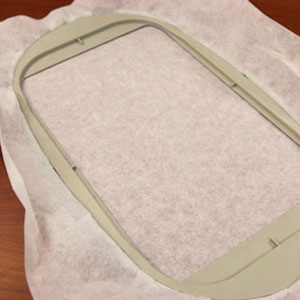
2. Tear-away Stabilizer
For most projects, use a medium-weight cutaway stabilizer. But, for some projects, tear-away stabilizer is necessary.
In-the-hoop projects are sewn on one piece of tear-away stabilizer and then the excess is torn away. Very light and sheer fabrics, like flour sack towels, for example, require tear-away because cutaway tends to show through the fabric.
Recommendations: Sulky Tear-Easy
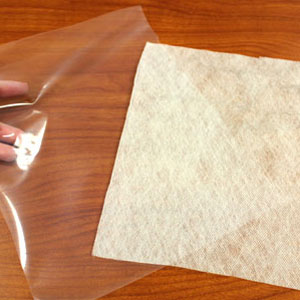
3. Water-soluble Stabilizer
Water-soluble stabilizer is used with freestanding lace designs. The lace is embroidered onto one piece of water-soluble stabilizer and then the stabilizer is soaked away.
There are two different kinds available on the market: Vilene, which is soft and fabric-like, and Sulky Ultra Solvy, which is clear and like plastic. Both work great for freestanding lace designs.
Sulky Ultra Solvy also works great for reversible embroidery, like stitching on organza or fleece.
Recommendations: Vilene and Sulky Ultra Solvy
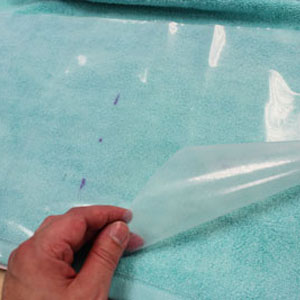
4. Water-soluble Topping
When stitching on fabrics that have a high pile or are plush like terry cloth, fleece, microfiber plush, or faux fur, it's necessary to add one piece of lightweight water-soluble topping on top.
This topping helps prevent the stitches from sinking into the fabric. After the design has been embroidered, the topping is torn away and any small bits left behind can be removed with a damp sponge.
Recommendations: Sulky Solvy and Sulky Super Solvy
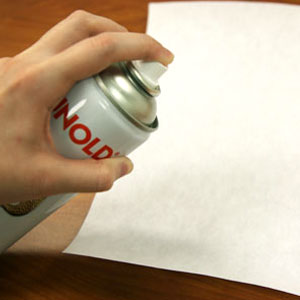
5. Temporary Spray Adhesive
Temporary spray adhesive is a useful tool for helping to keep the fabric nice and flat during stitching. It adheres the fabric to the stabilizer which helps prevent the fabric from slipping around inside the hoop.
When pairing cutaway stabilizer with fabric, spray the stabilizer with temporary adhesive and smooth the fabric on top. Then hoop the fabric and stabilizer together before embroidering.
Recommendations: Gunold's KK100
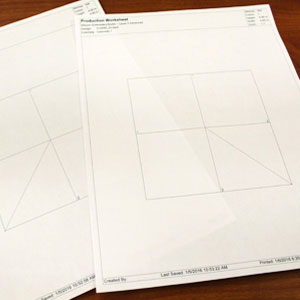
6. Design Templates
When positioning a design before embroidering, use a printed template of the design. This works great because the design is printed at actual size, which makes it much easier to see how the design will look on the fabric or garment.
Templates also have center points and axis lines which to mark the fabric so you'll know where to hoop. You can print templates from embroidery software like Embird. Also, Wilcom offers free software called TrueSizer. This software can be used for printing the templates.
Recommendations: Embird Embroidery Software and Wilcom TrueSizer
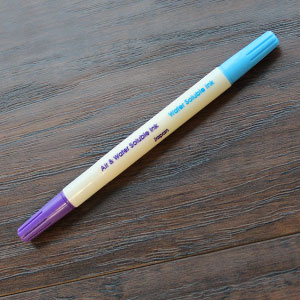
7. Air-erase Pen
When marking the fabric using printed templates, use an air-erase pen. This type of pen has special ink that either disappears over time (air-erase) or can be removed with water (water-erase).
Both kinds work great and both can be removed with a bit of water. Or if the embroidered item can be laundered, that will remove the marks as well.
Recommendations: Dritz Disappearing Ink and Mark-B-Gone Pen
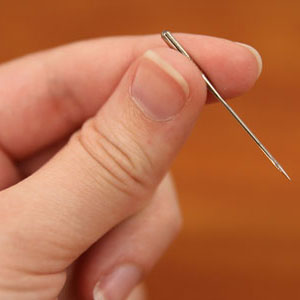
8. Size 11 or 75/11 Sharp Sewing Needle
For the majority of my embroidery, use a size 11 or 75/11 sharp sewing needle. This type of needle has a finer, sharper point than an embroidery needle and works great for embroidering on sturdy cotton fabrics like denim or twill.
These needles are also an excellent choice for freestanding lace and in-the-hoop designs as it makes the smallest perforation in the stabilizer which gives the embroidery a crisp, clean edge.
Recommendations: Size 75/11 Organ Needles
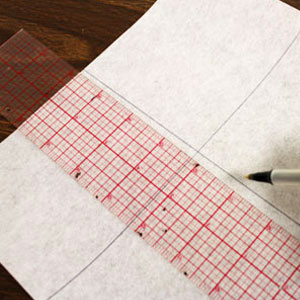
9. Quilting or Sewing Ruler
Having a ruler handy is extremely useful when positioning designs.
In many of our projects, we will offer suggestions for design placement on garments or where to position a design in a project. Also, many projects include size dimensions for measuring and cutting fabric pieces.
Recommendations: Omnigrid and Dritz Rulers
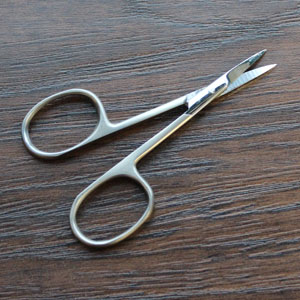
10. Embroidery Scissors
Small, sharp embroidery scissors work great for snipping threads between areas of the embroidery.
Trimming is especially handy for any long threads between colors as they are much easier to reach.
Recommendations: Gingher and Fiskars

